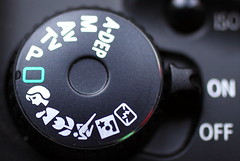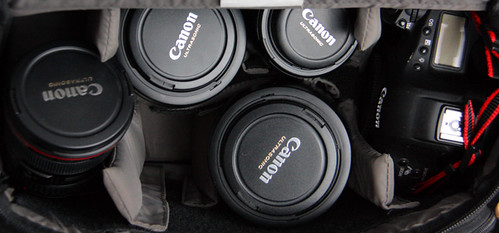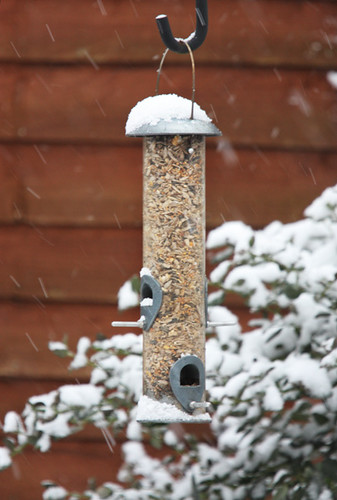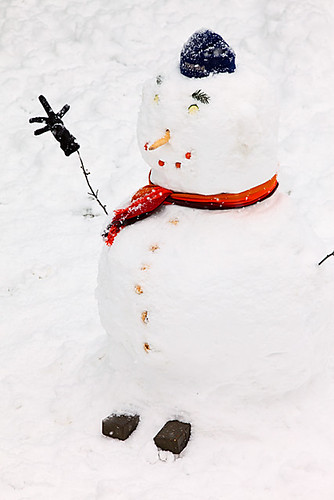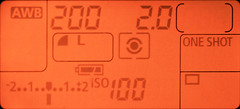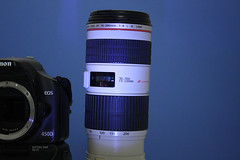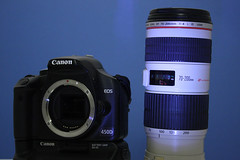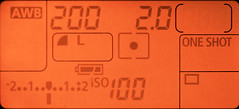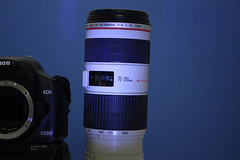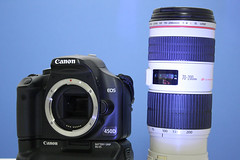Joe Fox
I suppose it all started for me back in 1981. I was 11 years of age and living in the lower Falls Road in Belfast. Things in that area were as probably as dark and as dangerous as they could be in the Summer of 1981 during the midst of the Hunger Strikes and all that entailed. My parents had luckily enough enrolled me in a scheme called the euro children, where kids were shipped off to live with families across Europe for a month each summer. I went to stay with a family in Geneva, funnily enough, no one wanted to live where I did. The night before I left my aunt arrived up at the door (no mean feat with the barricades and army cordons and gun battles on the streets (no I’m not making this up)) with a 35mm compact camera and 3 rolls of 24 film. ‘You cant go to Switzerland and not take photos of it’.
That was it, mountains, chocolates, cuckoo clocks the whole 9 yards. Hooked. I spent almost every last penny my parents gave me on films in the local supermarket.
10 years later I bought my first SLR (Praktica BX20) and the first shots I took with it were interrailing, I bought it with my ‘graduation money’, as I couldn’t go to Europe for a month and not take pictures – sound familiar. 10 years to the day I took a photo of the mer de glace in Chamonix as I had as a kid. I’d worked part time in the bookies that my dad was manager in from 11 years of age (I know its illegal) to 19 and every summer holidays. I blew everything I’d saved on that trip and left home carrying everything I owned.
I spent most of the next 8 odd years as an engineer, just taking photos of the places I’d been, no intention of doing weddings, taking photos of my nephews etc etc.
Then through family and health circumstances I had a career break and really couldn’t face going back to working for someone else again…
…I tempted and did very little whilst I decided what I wanted out of life and what I wanted to do with the rest of my time. I got a phone call one day from a mate of a mate asking if I wanted to help out photographing in a Santa Grotto seeing as I was handy with a camera, had bugger all else to do and they were stuck….
…the rest is history (and I’d still no intention of doing weddings). Oh and I blew every penny I had saved up as an Engineer to set up a photography business and more with the help of Mr Visa and the local small business agency. I thought I’d give it six months to see how it went. I’m still giving it six months…
BLAB: What colour would your Ferrari be?
I remember buying my Alfa, I test drove one, I test drove another, decided that I wouldn’t live more than 2 months driving a 2.5 V6 and ended up picking the engine and spec that I wanted. I spent about a half hour going over things with the salesman on the phone. Yes rear spoiler and not the pram handle one, yes sports pack, yes this, no that.
All done and dusted when the said.
‘Sorry Joe, I have to ask but what colour do you want’
‘No. You really don’t have to ask’
The salesman then laughed and then said ‘Great, you are one of us’.
Normally in Northern Ireland that means you are either a Protestant or a Catholic but he really meant petrolhead or such like.
He went on to say that anyone who orders an Alfa in any colour other than Alfa Red is either a dick or has no soul or more likely both.
I feel the same about Ferraris….
..Next stupid question. ;-)
BLAB: What's your best bit of advice for a new photographer?
Ok that’s not a stupid question. I’ll come at this from a business angle.
At the minute my answer would be get a proper job! No honestly, I mean it. I had a proper job once ;-)
Times are tough at the minute, very tough in places. Editorial and commissioned rates are being slashed, stock photography rates are being cut, portrait studios are closing all over the place (check ebay if you don’t believe me).
Its easy for people to say don’t do it and be laughed off as not wanting the competition. If I had to start again today I wouldn’t. I haven’t seen a downturn yet as such but Im still getting paid for stuff I shot last year, my weddings were all booked a year or more in advance, I don’t do portraits (well I do but selectively), newspapers are cutting staff and agency fees are sliding. Small businesses have a very high attrition rate at the best of times, when I started I funded the business with 10k of my own money and 5k of a loan, it wasn’t nearly enough!
Its not just photography though, its across the board, I went up to a small village yesterday for some fish and chips and to do one or two stock photos that I new the light and conditions were right for. I know the place very well, my parents used to have a holiday mobile home type thing there for years. I did a wedding there last sept so thought I’d call in and say hello to the people in the hotel, all very nice people. I hadn’t been there since Sept….
…what a shock I had.
3 B+Bs closed, bank closed,2 shops closed, chippie closed, nursing home closed, for sale signs, an entire new development either still as sites or with for sale signs outside.
Just looking at that effect on a small village means little or no portraits, weddings postponed, no commercial work, no Sunday papers etc etc.
I started in this business working for someone else, that’s the best bit of advice I can think of. My boss taught me things I’d never have picked up on my own and gave me work he couldn’t do after I’d set up on my own. A couple of years down the line I was able to reciprocate and help him (and others) out when they were stuck or just needed another pair of hands. Unfortunately I’d say that new opportunities are few and far between but if you get one grab it with both hands. You will learn more from someone with a long track record in the business in the first 2 days than a lifetime of courses or surfing internet forums.
Oh and don’t work for free. You may work for no money with my blessing, but never work for free. If you don’t know the difference, put the camera away and start up again when you do.
BLAB: If you had been paid ten thousand pounds for being our 'Tuesday
tog', what photo equipment would you spend it on?
You mean Im not?
After the taxman takes his cut I wouldn’t get out of bed for that sort of money. Ring me when its 25k and we’ll talk.
In all honesty, other than funding a move to do a like for like swap for Nikon kit I wouldn’t spend even half of that on photo equipment.
This time 2 years ago I had a stock sale for a figure not completely off that value. Im afraid I have to admit my first port of call wasn’t one of the well stocked uk photo suppliers, or ebay hong kong or indeed B+H or Adorama (other suppliers may be available in your area ;-)), it was tripadvisor.
By the end of that week Id trips booked to Tunisia and Krakow, had the train to Dublin booked and a couple of nights B+B on the West Coast sorted.
Only then did I buy a 5D for something light to carry on the trips, a smaller bag and a few other wee bits and pieces.
I remember a friend of mine asking what I would do with the 10k, I came up with loads of ideas the vast majority non photo related, he then asked what I would do if someone came in sat down and opened a briefcase with 10k in notes. That’s a different matter. The sensible head comes out, I’d pay off my mortgage (yes I owe that little) in the current climate. In 6 months time 10k sterling might not buy you a cup of coffee the way Mr G Brown is running things.
In all honesty, I’m 40 at the very end of this year, I’ve set aside Jan-Mar next year to do something spectacular with. 10 years ago this week I had a very serious accident which not to sound too melodramatic left me dying by the side of a road in a place very very far from home. I thought if I ever recovered I wouldn’t waste any more time.
I have, I’ve had a couple more warnings since. Life is far too short.
Im 39, I come from the Falls Road in Belfast, average life expectancy there is still very low, not too far off some third world countries. I’ve seen the sun rise over the desert, the sun set over the great rift valley, I’ve swam with sharks, scuba dived, white water rafted, drove over the arctic circle and equator, seen the sun rise on the atlantic and set on the pacific, blah blah blah.
To do it all again, yep 10k would cover some of that nicely thank you very much.
BLAB: Which photographer's work do you most admire and why?
The honest answer is none and everyone. Typical Joe Fox wooly answer but I’ll try and explain…
I don’t really get the whole big name thing, I prefer to admire photos or sets of photos but not one persons work. Its like you cant really say you like everything U2 have ever made as some of the Zooropa stuff was terrible. Some was inspired.
I could name you people I have admiration for but you would never have heard of them. I’ve seen colleagues go out in the rain, go to nativity plays, photograph the umpteenth cheque presentation that week and still come up with the goods. That says more to me than something that has had a budget of 100k, art director, paid models, post production team of 10 etc etc.
A lot of the greats are the same as the rest of us poor mortals and have produced some shite in their time as well. I tend to look at photos more in terms of the circumstances than the actual photos themselves. I teach photography and what some people have to go through just to be able to hold a camera never mind take a picture is inspiring in itself.
Photos:
I have difficulty showing any photos on the web at all. Primarily the fact that a few of the Agencies I work for have web crawler software that scans the web for copyright infringements and then sends the site owners a big bill. If I put any agency pics up here then I might just get that 10k after all.
But heres a few of the photos I like to talk about at talks and seminars (sorry about the logos)…
Rioting
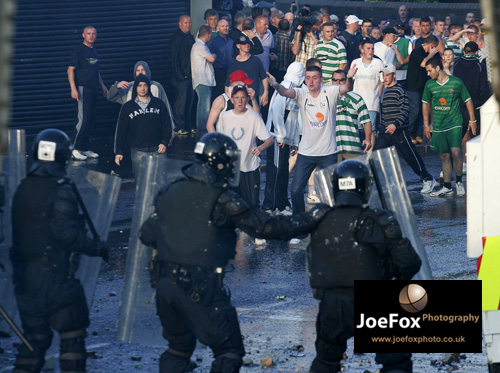
Not a great photograph but the circumstances always make me laugh. I’d just spent a year learning to walk again in 2005, 2 months intensive chemo in hospital isolation ward, 3 operations and 10 months physio. And I end up in a riot. Worse than that I end up in the middle of a riot. Between republicans and police (in the photo) and police and loyalists (behind me). I had to get two colleagues to lift me onto a concrete security bollard to get this shot. Think it was on the 300 f4 with my 1D2 (couldn’t carry much else). Im standing 3 feet above the ground in the middle of a riot on a concrete bollard, having been lifted into a position I have no way on earth of getting down from before I thought of asking for help. Im wearing my get me noticed bright red jacket as well. The riots are live on Sky TV and my phone rings in the middle of it all. Its my mother. I ignore the call. It rings again. I ignore it. I get a text message. ‘Get down from there you f**king eejit, you are live on tv and I thought you said you weren’t going out tonight’
Anyway after a couple of hours its reasonably calm and I go home. Next morning the phone rings.
‘Is that Joe’
‘Yes’
‘Did you take that photo of the guys rioting in front of the police last night’
‘Err describe it’, they do ‘ Yes’
‘Can I have a copy?’
At this point all sorts of alarm bells ring, due to many many security issues and all sorts of implications.
‘Why’
‘Well that’s my cousin in the front row and it's his birthday next week and he'd love that photo.’
I use this photo quite often in talks and seminars.

What do you see in the photo? (Answer at the end of the post.......)
A wedding picture – what the hell?
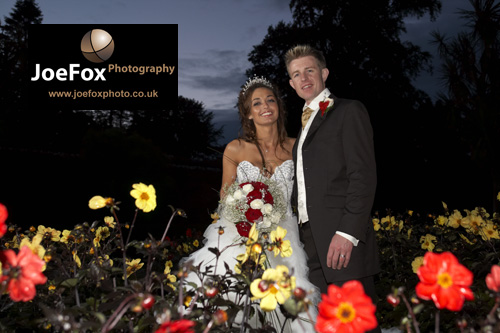
Another photo that
makes me laugh. It was the middle of our ‘summer’ last year and it absolutely chucked it down all d
ay and I mean really chucked it down. It was the time that Gloucester and all that flooded, and this was in a stately home on the coast so high winds as well. The Bride and Groom had sooo wanted photos in the flower garden so whilst waiting for their first dance the skies actually cleared about 9 or 10pm just after it got dark. Now I usually take 4 or 5 flashguns with me ‘just in case’ and everybody laughs at me for being such a kit freak but nobody laughed when I dragged the entire bridal party out into the rain soaked gardens in the pitch black and put light stands with flashguns all around the place to light up the flowers etc. Think these were taken at some ridiculous
ly high iso on the 5D to get some of the night sky in it.
Not the greatest picture in the world but certainly one that was a ‘challenge’. We ended up doing all the bridal party shots again in the dark.
Contemporary dance
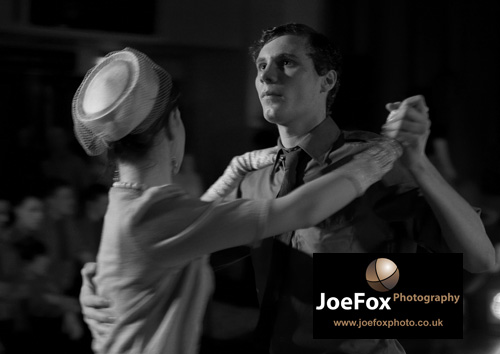
Not a lot of people know this but I do an awful lot of contemporary dance photography. Most of it I cant show other than my own website due to copyright restrictions and releases and all that good stuff but I’ve permission to use this one. It was from one of my major clients productions last year, 40s dance, dress, uniform right down to almost 40s style lighting. Some stupid ISO at 1.8 or the like and people dancing around. No flash allowed and no interrupting the performances etc. The dance photography isn’t really about the technicalities of the photography itself, its about capturing the mood, feeling and ‘focus’. In this shot theres two of the dancers who had never danced before, been trained up for 8 weeks and then put into costume and went for it. It sort of sums up the ‘focus’ aspect for me. Those two teenagers are in the 40s, they aren’t just dressed like it. That’s the key to this type of photography, probably more than any else.
It’s a straight shot with just a black and white conversion.
(....Answer from before....
A lot of people say police brutality or some such like, its actually police giving first aid to a reporter who was standing beside me when a blast bomb went off. He took the full force in the leg, I only got a nick to my backpack. It’s a good example of a photo where the text added completely changes the meaning of the photo and a great example of how to be wary of how things are portrayed by various nations media.)
For anyone wanting to see more of Joe's images of his hometown area, there is a youtube video set to music:
Blab: Joe, it's been interesting, informative, humorous and rather inspiring to hear your thoughts on photography. Coming back from a near-death accident to be a successful photographer must have taken time, hard work and dedication. It should be an inspiration to anyone reading that you can do what you want if you put your mind to it.
Oh, and hopefully in 6months you'll be giving it another 6months... :-)
-blabpictures-

